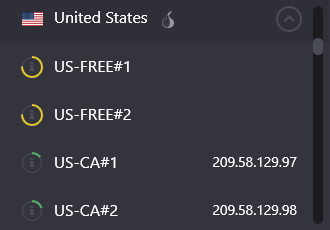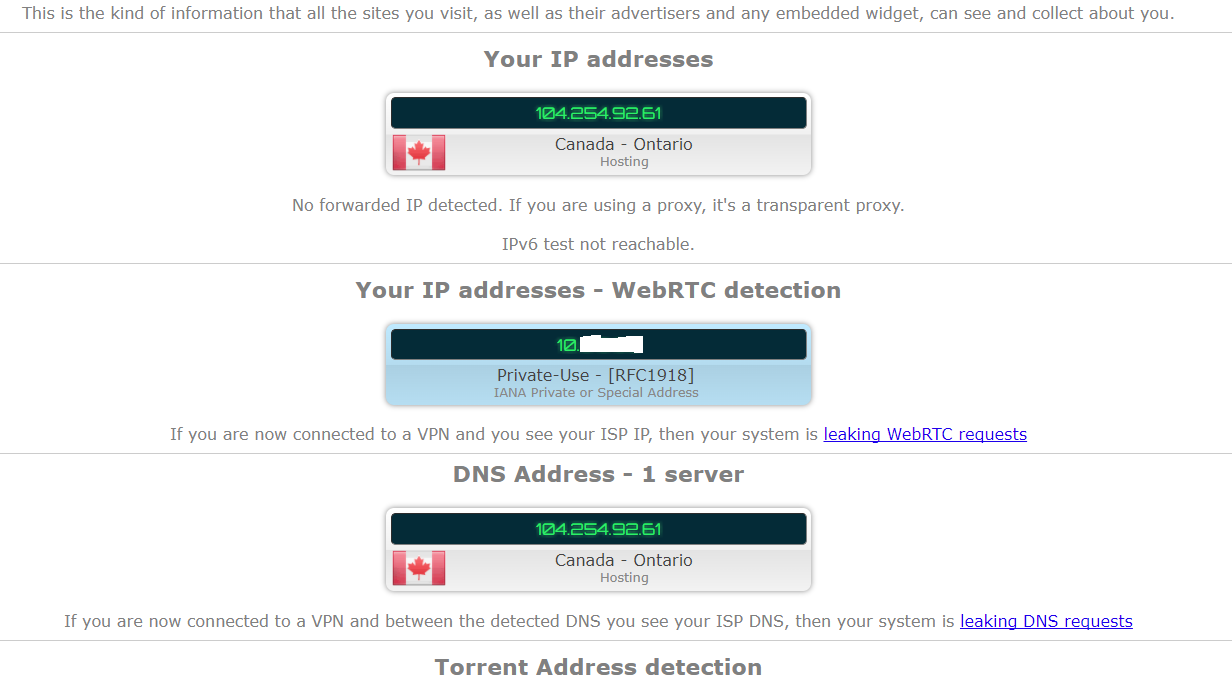How can you test the speed (performance) of my VPN service provider? I receive this question regularly, and I thought it was about time I wrote an article about it.
When evaluating internet speed, there are dozens or hundreds of different parameters that can influence your final score. In the world of VPN, these may include:
- The distance between you and the VPN server - even though most of your traffic is flowing at the speed of light, users have become accustomed to super speedy internet and even the slightest delay is noticed. If I am sitting in Toronto but using a VPN in Switzerland (where privacy laws a much stronger), I should expect a more noticeable slowdown in my internet speed.
- VPN server capacity - Most internet service providers "over-sell" their service to offer lower prices. If too many of their customers try to log into the same servers at the same time, they will experience noticeable performance reductions (slowdowns) and maybe even dropped connections (which could lead to your private information leaking). I only use VPN providers that show the loads on their servers.
server selection and load information from ProtonVPN
- Your Internet Service Provider speed (ISP) - Obviously your VPN performance can never exceed the "last mile" performance of your Internet Service Provider. Remember that the speeds plastered on their marketing material are usually indicative speeds and many services see severe performance degradation during peak usage hours (when everyone is trying to stream Netflix or Youtube content). Additionally some regional Internet Service Providers throttle (aka slow down) VPN connections on their home use plans to encourage corporate customers to buy corporate (more expensive) plans. The only time a VPN connection may be faster than your native ISP performance is for controversial protocols like BitTorrent. Some ISPs throttle the performance of BitTorrent and so hiding it inside a VPN may deliver better performance.
https://www.xplornet.com/legal/usage-traffic-policies/satellite-kah-traffic-management-policy/
- Device capacity - An often overlooked performance limiter is the ability of your local VPN termination device to compute the required encryption/decryption quickly (most often a PC, laptop, smartphone or tablet). The faster your internet speed, the more processing power your end device will need to "keep up".
How do I test VPN speed?
The only way to test VPN speed is to use one of the (well designed) speed testing sites.
SpeedOfMe
SpeedOfMe is a nice light HTML5 speed test service that works on every device (Windows, MAc, iPhone, iPad, Android, Chromebook, etc).
TestMy.Net
What makes TestMy.Net interesting is that use multiple download servers and combine the information to provide one real world statistic. They use IP geolocation to find servers in your terminated area.
TestTest by Ookla
No speed test article would be complete without mentioning Ookla. They are the 800lb gorilla. Just make sure the test server is in your termination city otherwise you will get a false score.



















